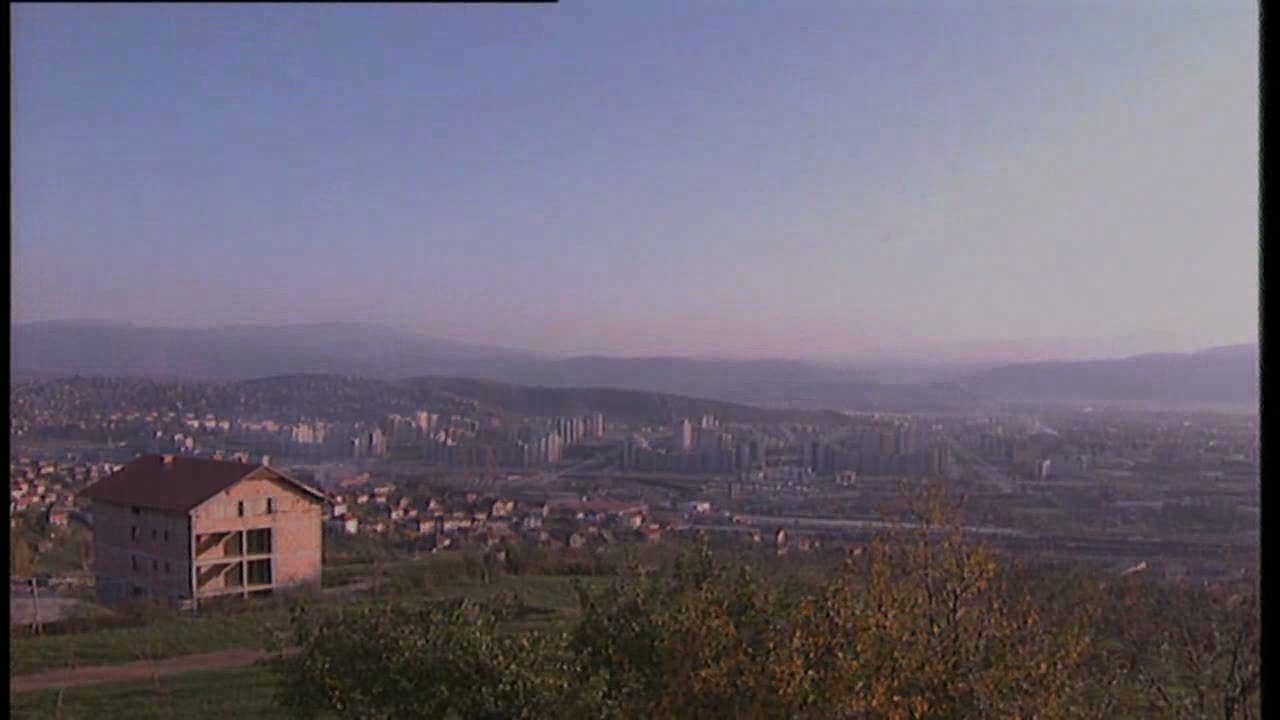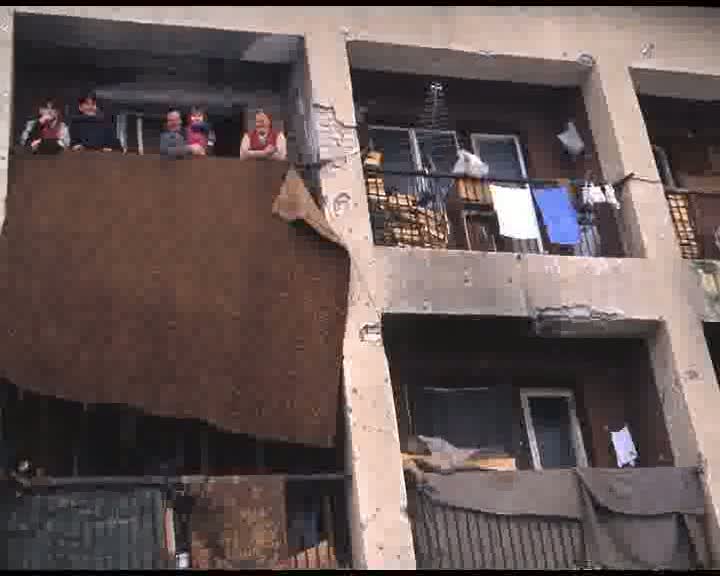Housing programme to help Bosnians rebuild two decades after the war
News Stories, 2 December 2014
USTIKOLINA, Bosnia and Herzegovina, December 2 (UNHCR) – In 1992, Zenid Guta was only a teenager when war forced him to flee the remote village of Ustikolina, tucked in the Drina Valley of eastern Bosnia and Herzegovina.
When Zenid, now aged 41, returned to his destroyed community after the war's end, he tried to rebuild his life. He married a local woman, 33-year-old Adila, and sheltered her and their son Eldin in a makeshift hut that he constructed from Ustikolina's ruins, hoping to move out when things improved.
Now, after years of waiting and worrying, better times may be on the horizon.
The Regional Housing Programme – funded by the European Union and supported by UNHCR and other international organizations and donors – plans to funnel millions of euros into the Balkans to provide housing for tens of thousands of people who were displaced during the conflicts of the 1990s. Many, like the Gutas, lost their homes
For the international community, the programme is an ambitious attempt to tackle the legacy of forced displacement still plaguing Bosnia and Herzegovina, Croatia, Montenegro, and Serbia, and finally end this tragic chapter of European history. But for the Guta family, the programme's launch in Bosnia and Herzegovina is more than an ending. This initiative could provide them with a home, and a chance for a fresh start.
Bosnia's killing fields have been quiet for almost 20 years. Yet for most of that time, life for the Gutas has been a struggle. The hut Zenid constructed for his family is only 12 square metres and offers few comforts.
The family has been forced to sleep on the bare, cold floor, even during the winter. For years they have bathed in a shower that Zenid fabricated, and their lighting consists of a single bulb, powered by a cable strung from a nearby house.
Without a direct supply of electricity, their family's refrigerator, a gift from a generous donor, stands empty and warm in the corner of their home.
The spartan conditions have been trying for Zenid and Adila, and life-threatening for five-year-old Eldin, who is in frail health. And because the local economy has been slow to recover from the war, the Guta family's progress has been hampered by Zenid's struggles to make a living.
The family patriarch makes just over 10 euros a day from picking herbs and mushrooms and cutting firewood. Most of the time, the Gutas make ends meet from the state child allowance payments they receive for Eldin, and selling milk from their two cows.
After years of struggle and poverty, their ambitions are modest. Declared Zenid: "All we want is to live simply as normal people."
The Gutas may soon have their chance with the announcement that 101 million euros from the Regional Housing Programme will be committed to Bosnia and Herzegovina, and used to build homes for 5,400 families identified as the most vulnerable returnees, refugees and internally displaced people in the country. The programme will distribute aid equally among Bosniaks, Serbs and Croats.
The first phase of the programme in Bosnia will see 2.4 million euros earmarked to erect 170 housing units. Andrew Mayne, UNHCR's representative for Bosnia and Herzegovina, said these funds will give those in need proper homes as soon as possible. "Some of the neediest families have waited 20 years or more for help. Donors have seen this and have given generously," said Mayne.
"The start of [this] programme is a real turning point," he added. "Now at last these families will see new homes taking shape before their eyes." The first beneficiaries from Bosnia and Herzegovina will be identified before the end of the year, and construction will begin in 2015.
Zenid and Adila hope to be among those to receive a real home and a new beginning. They even have a plot of land where a house can be built: a lot in a meadow they purchased a few years ago after endless saving. "Our only wish is to see our home rise in that meadow," said Zenid.
By Neven Crvenkovic in Ustikolina, Bosnia and Herzegovina




































